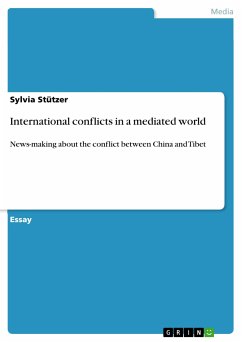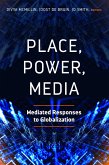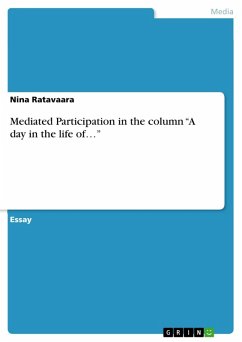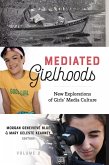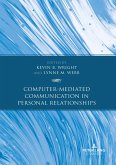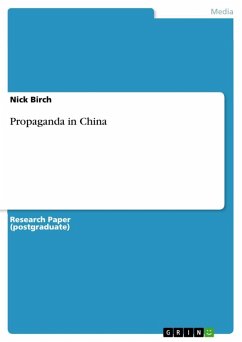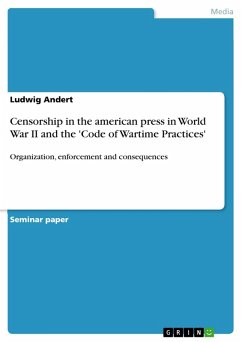Essay from the year 2008 in the subject Communications - Media and Politics, Politic Communications, grade: 1,0, Stockholm University, language: English, abstract: 1 Introduction The process of Globalization and new communication technologies such as television and internet provide advanced opportunities for the mass media to report about conflict and war in any remote part of the world beyond national borders. The public opinion and people's perception of a conflict can be shaped by news coverage, in many cases imprinted by the relationship between the media and the political elite which is especially consistent in times of war (Hallin 1986, cited in Dimitrova and Strömbäck 2005: 406). If media coverage is reflecting the line of government officials, images related to war and conflict are biased. This construction of reality by the contemporary mass media is especially criticised, besides other critique, by so-called "corrective forms" of journalism (Cottle 2006: 100-119). The recently escalated conflict between the People's Republic of China and its autonomous region of Tibet is perceptible everywhere in the world and not only a national issue behind doors any more as contemporary mass media enhance a form of "global scrutiny" making violent and despotic behaviour of states visible for the world (J.B. Thompson 1994, cited in Stevenson 2003: 107). In fact, the tensions between China and Tibet is not a new phenomena but the riots bring the issue back into the public what proves the statement of Simon Cottle, that the mass media is rather reporting about violent conflicts and has little interest in processes of peaceful resolutions of conflicts (Cottle 2006: 100). The conflict is carried out in the media via "selective, framed communication" and voices stating their opinion on the conflict are raised everywhere in the world.[...]
Dieser Download kann aus rechtlichen Gründen nur mit Rechnungsadresse in A, B, BG, CY, CZ, D, DK, EW, E, FIN, F, GR, HR, H, IRL, I, LT, L, LR, M, NL, PL, P, R, S, SLO, SK ausgeliefert werden.

